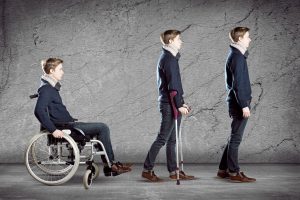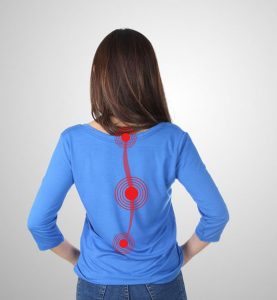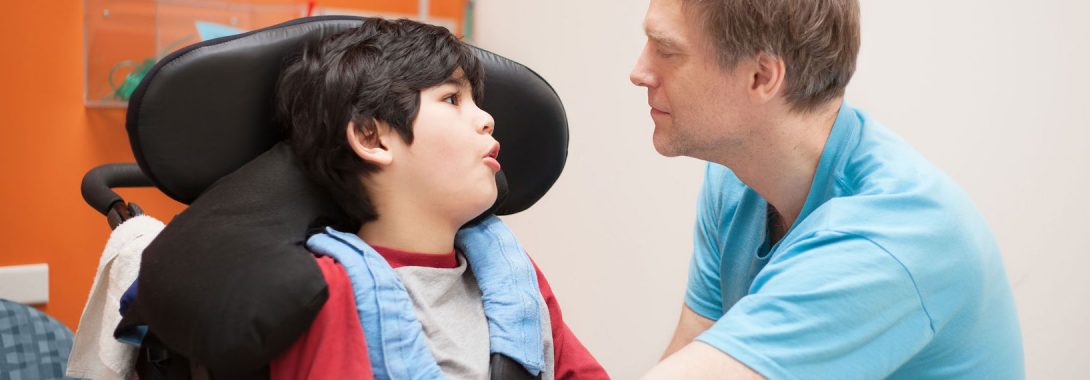Bone mass is built up from birth to around the age of 30; after that we begin to slowly loose bone mass and bone density. Finding therapies to increase peak bone mass in children is critical if they have a metabolic, genetic, physical disability, disease or other limitation that prevent them from being active as this usually leads to poor bone accrual in their early years. Low intensity vibration (LiV) has been shown to increase bone formation in children at risk which is of great benefit as peak bone mass is a critical determinate of life long skeletal health.

LiV provides a safe, non-pharmacological intervention for children and young people with conditions that impede their normal bone accrual, such as Duchenne muscular dystrophy, cerebral palsy, eating disorders or medications like corticosteroids. In one study on children who were unable to ambulate normally LiV was used for six months compared to placebo. The LiV group showed 18% net benefit in proximal tibial trabecular bone quality compared to the placebo control. (1)
A second study of children with cerebral palsy compared six months of LiV with standing. Increases in cortical bone strength after six months of LiV use were shown. This is important to reducing fracture risk (2).
A third placebo controlled study of ambulant boys with Duchenne muscular dystrophy showed significant net treatment differences in spine BMAD +10.8%, Total Body + 10.7% and Femoral Neck +14.5% from LiV use over 12 months. (3)
In a summary of vibration publications in children with disabilities, it was concluded that Low Intensity Vibration (LiV) appears safe and efficient to use with overall positive benefits. (4)
Low intensity vibration is a safe and effective non-drug treatment for bone loss in children of all ages, with no side-effects.
 In girls with adolescent idiopathic scoliosis, LiV was used for 12 months and significant BMD increases were shown in the femoral neck as well as increase in lumbar spine bone. (5)
In girls with adolescent idiopathic scoliosis, LiV was used for 12 months and significant BMD increases were shown in the femoral neck as well as increase in lumbar spine bone. (5)
A study in childhood cancer survivors 5 years from diagnosis found that whole body bone mineral density and tibial trabecular bone increased significantly over 12 months after using a LiV device compared to a placebo device. (6)
In children that still have high anabolic capacities the opportunity to improve peak bone mass is proven to be possible with LiV. The extra mechanical stimulus can compensate for the loss they had during disease or treatment.
References
1 Ward K, Alsop C, Caulton J, Rubin C, Adams J, Mughal Z; Low Magnitude Mechanical Loading Is Osteogenic in Children With Disabling Conditions. Journal of Bone and Mineral Research (2004)
2 Wren TLA, Lee DC, Hara R, Rethlefsen SA, Kay, RM, Dorey FJ, Gilsanz V; Effect of High-frequency, Low-magnitude Vibration on Bone and Muscle in Children With Cerebral Palsy. Journal of Pediatric Orthopaedics (2010)
3 Bianchi ML, Vai S, Morandi S, Baranello G, Pasanisi B, Rubin, C; Effects of Low-Magnitude High-Frequency Vibration on Bone Density, Bone Resorption and Muscular Strength in Ambulant Children Affected by Duchenne Muscular Dystrophy. ASMBR – American Society for Bone and Mineral Research, Oral Paper (2013)
4 Matute-Llorente A, González-Aguero A, Gómez-Cabello A, Vicente-Rodríguez G, Casajús Mallén JA; Effect of Whole-Body Vibration Therapy on Health-Related Physical Fitness in Children and Adolescents With Disabilities: A Systematic Review. Journal of Adolescent Health (2014)
5 Lam TP, Ng BKW, Cheung LWH, Lee KM, Qin L, Cheng JCY; Effect of whole body vibration (WBV) therapy on bone density and bone quality in osteopenic girls with adolescent idiopathic scoliosis: a randomized, controlled trial. Osteoporosis International (2013)
6 Ness K, Mogil R, Scobey K, Karlage R, Kaste S; The effects of low magnitude high frequency mechanical stimulation (LMS) on bone density in childhood cancer survivors (CCS). Oral Paper APTA CSM (2015)

